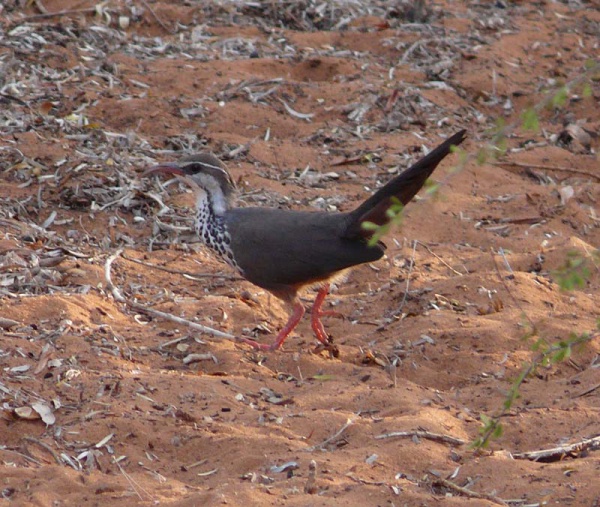Facts About Subdesert mesite
The subdesert mesite is a distinctive bird species endemic to Madagascar. Belonging to the Mesitornithidae family, it shares this group with just two other species. This bird flourishes in a specific, low-lying region in southwest Madagascar. Medium-sized and ground-dwelling, it bears a resemblance to a rail and is characterized by its notable long, downward-curved bill. Males and females both exhibit greyish upper plumage and white underparts, with unique markings that differentiate the sexes.
The subdesert mesite inhabits spiny thickets with open spaces, from sea level to about 130 meters in elevation. Their range is confined to a coastal strip between the Fiherenana and Mangoky rivers, extending approximately 200 km long and 30 to 60 km wide. These birds forage on the ground for invertebrates, seeds, and fruits, occasionally digging into the soil to uncover food. They construct their nests on twig platforms in bushes near the ground, with both parents sharing the responsibilities of incubating eggs and rearing their young. Subdesert mesites live in communal groups and emit a distinctive alarm call when they detect danger.
Despite their relatively dense population within this limited range, subdesert mesites face several significant threats. Habitat destruction due to human activities such as slash-and-burn farming, charcoal production, and deforestation for timber and construction poses a severe risk. Hunting, predation by dogs, and the introduction of rats further imperil these birds. In 2002, their population was estimated at around 115,000, though it is believed to be in decline. Due to these threats, the International Union for Conservation of Nature (IUCN) has classified the subdesert mesite as "vulnerable."
